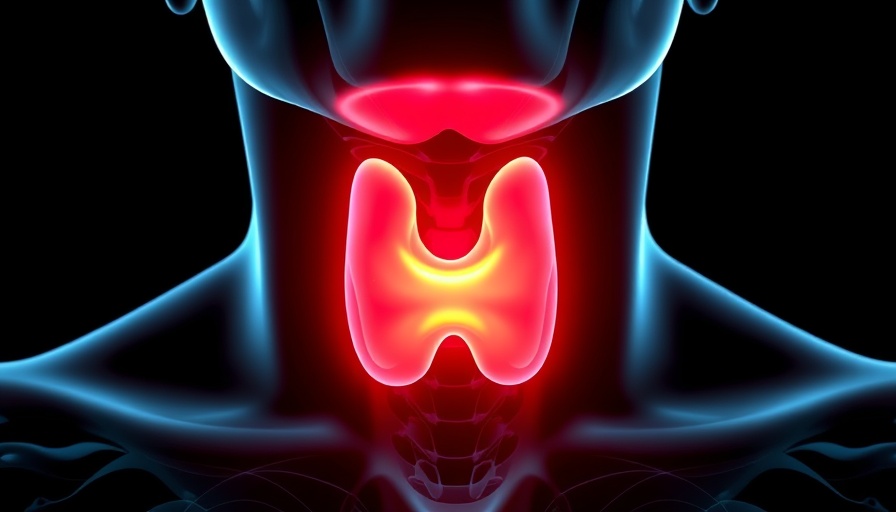
How Resistance Training Can Transform Your Aging Experience
As we age, our bodies undergo various changes that can often feel overwhelming. One of the most significant concerns is the loss of muscle mass—known as sarcopenia—which occurs as early as our 30s and becomes more pronounced after 65. However, there’s a silver lining: resistance training can not only slow down this process but can also enhance your overall well-being and longevity.
The Science Behind Strength Training
Research indicates that resistance training has profound benefits. According to a study conducted by the National Institute on Aging, engaging in strength training helps maintain muscle mass and improve mobility, significantly lessening the risks associated with falls and chronic diseases. Even starting after the age of 70 can yield impressive results, promoting a healthier, more active lifestyle.
Why Resistance Training?
Resistance training is more than just lifting weights. It involves any activity that causes your muscles to work against an external resistance, which can include body weight exercises, resistance bands, or free weights. This form of training not only builds strength but also helps enhance metabolic functions, improve bone density, and boost mental health.
Key Benefits of Resistance Training
1. Enhanced Muscle Strength and Function
Engaging in regular resistance training can mitigate age-related muscle loss, making daily tasks easier and safer. Studies have shown that individuals who participate in strength training tend to maintain their independence longer, allowing them to live fuller lives.
2. Improved Metabolism and Blood Sugar Control
Building muscle through resistance training improves glucose metabolism, reducing the likelihood of developing insulin resistance and type 2 diabetes. This metabolic boost is crucial as our physical activity levels typically decrease with age.
3. Mental Health Benefits
Interestingly, resistance training has been linked to better cognitive functioning. A recent Mayo Clinic study suggests that it can help slow cognitive decline by increasing blood flow to the brain and enhancing neuroplasticity, which is vital for memory and learning.
4. Supporting Bone Health
This type of training not only stimulates muscle growth but also promotes bone density. Weight-bearing exercises stimulate the production of bone-forming cells, thereby combating osteoporosis—a condition that affects many older adults.
5. Social and Emotional Factors
Joining group classes or community programs for strength training offers added benefits: socialization and motivation. Building relationships with fellow participants can create a support network that encourages consistency and shares triumphs, making exercise a more enjoyable experience.
Taking Action Towards a Stronger Future
Starting or incorporating resistance training into your routine doesn’t have to be daunting. Simple movements such as squats, push-ups, or even using household items for weight can provide a significant impact. Aim for at least two sessions a week, allowing muscles to recover between sessions.
As you consider these insights on the benefits of resistance training, think about your own wellness journey. Celebrating small victories—such as gaining strength or improving balance—can foster a positive mindset and give you something to strive for.
Embrace the Changes with Enthusiasm
Resistance training can offer transformative effects, not just physically but mentally as well. It’s never too late to start, and every bit counts. Let’s redefine aging as a period of vitality, strength, and community engagement. Start today, and see how lifting weights can also lift your spirit!
 Add Row
Add Row  Add
Add 



Write A Comment